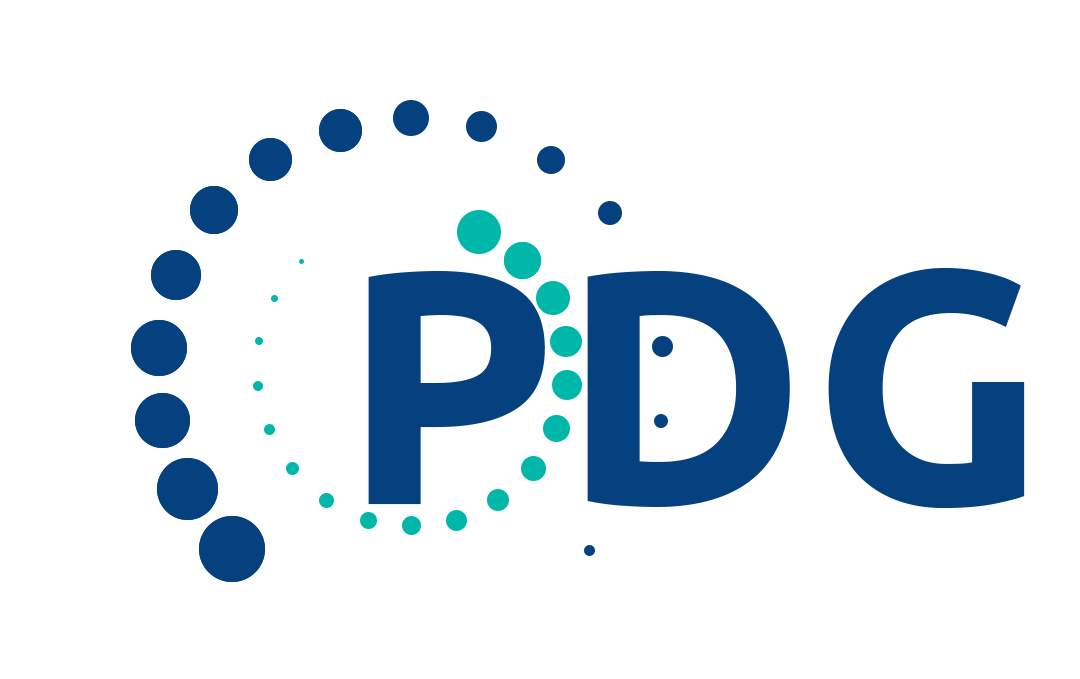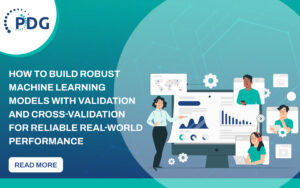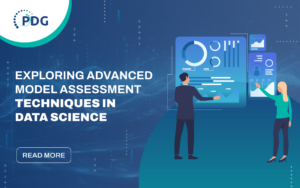Application Modernization Trends to Watch in 2022
As the pandemic surged and then dragged on in many places, many organizations experienced a boost in digital transformation.
Legacy app modernization services offer organizations the opportunity and the ability to respond dynamically to various challenges. Organizations are now deploying and enhancing software technologies at an unprecedented scale. Companies are adopting the app modernization strategy in an effort to create growth and continuity in an increasingly volatile global market.
Using app modernization on the existing systems within an organization is an excellent choice for extracting additional capital from applications that were often costly to implement initially. Application modernization can deliver measurable results without scrapping the legacy system. Integrating an entirely new system or application can require extensive retraining, whereas application modernization may only require a quick training update.
Application modernization, also known as legacy app modernization, refers to the practice of updating obsolete software to handle computing innovations, including the latest frameworks, languages, and infrastructure platforms.
Legacy app modernization helps improve structural integrity, safety, and efficiency and boosts the longevity of business enterprise apps. Let’s discuss application modernization trends a little further.
Application Modernization Trends to Watch
Businesses deal with all types of pressure, both externally and internally. COVID-19 certainly changed the game for many and required organizations to fundamentally rethink modernization during the unprecedented crisis. So many organizations have seen significant disruption in revenue streams as global events have played havoc with supply chains.
Organizations across various seemingly unrelated industries can struggle with similar challenges when it comes to legacy integration and how outdated services can have adverse business effects and complications. Most application modernization trends stem from one or more of the following issues:
- The legacy apps restrict organizational growth
- A lack of integration can be expensive
- Onboarding is considered to be more critical
- The new technology demands are constantly growing
Integrating the Latest Services and Features with Application Modernization
Many organizations invest in developing software, but the pace of technological growth means applications must have the capacity to flex and adapt.
The pandemic painfully highlighted that change is the only constant. Apps that work correctly today may not perform properly tomorrow. The latest updates, releases, and new patches could prove to be an issue and cause an app to perform less than optimally. Moreover, it’s a challenge to accomplish the changing customer requirements during the economic downturn.
App modernization allows organizations to develop the latest services and features, which align with planned, future objectives. Additionally, the organization can purposely construct these services and features, ensuring that the legacy app offers continuing value to the company.
Common Patterns in Application Modernization The common modernization app patterns include:
Lift and Shift
Lift and shift, also known as rehosting, is an integral part of software development to simply move the existing app to some other infrastructure from the legacy environment. Lift and shift result in little to no change to the underlying architecture and code of the app. Though this technique is the least intensive approach, it may not be optimal, depending on the app and the organization’s changing needs.
Refactoring
Refactoring is also known as restructuring or rewriting. This particular app modernization approach requires adapting the legacy app, followed by the retooling of significant underlying pieces of code so that it functions more smoothly in the newer environment.
Apart from the latest codebase restructuring, this approach involves rewriting the code. The development team can select the method for breaking the monolithic app into decoupled and smaller pieces. The development team can appropriately adapt the microservices to boost the cloud-native infrastructure benefits.
Replatforming
Replatforming allows organizations to take a middle ground stance and functions as a compromise between refactoring and lift and shift approaches. Replatforming doesn’t require significant changes in the architecture or code.
However, it does include contemporary updates, allowing the legacy application to reap the benefits of the modern cloud platform, like replacing and modifying the app’s back-end outbase.
Essential Technologies for App Modernization in 2022 A variety of intersecting technologies are fundamental to app modernization:
Containers
Containers are a cloud-centric technique in which organizations can pack, deploy, and operate other applications and workloads. Using containers can have several benefits, including operational efficiency, portability, and scalability. Containers are suitable for cloud infrastructure and many hybrid and multi-cloud environments.
Cloud Computing
Cloud computing refers to the process of migrating regular apps to run in the latest cloud environments. This method encompasses public cloud platforms and both private and hybrid cloud systems.
Microservices
Rather than developing the app as a complete and single codebase, microservices allow an organization to divide various components into discrete and smaller codebases, referred to as monolithic development. Microservices decouple a wide assortment of components into discrete and smaller pieces allowing organizations to operate, update and deploy the elements independently.
Automation and Orchestration
The software development orchestration contributes to automating different operational tasks related to various containers, including networking, scaling, and deployment. Automation considered an integral technology and principle, ensures security teams, operations, and development can manage the latest applications during scaling.
The modernization of legacy apps is essential for ensuring the success of the digital transformation. Businesses can and should modernize in a variety of ways. By recognizing the opportunities and capturing the issues, legacy app modernization strategies help boost an organization’s revenue.
Application Modernization Is a Cost-Effective and Nimble Method
There are several reasons why app modernization is advantageous. First, it can deliver greater speed and efficiency, offering better performance. In addition, it provides more opportunities for employees to access improved cloud technology, which helps to serve clients more efficiently.
In many industries, the competitive edge is razor-thin, and this trend is likely to continue beyond 2022.
Application modernization is a great place to begin when thinking about different investment possibilities, including using AI and different ML looks and transferring the data into the data pool. App modernization allows organizations to develop and deliver the latest services and apps across cloud-native containerization and architecture adoption.





